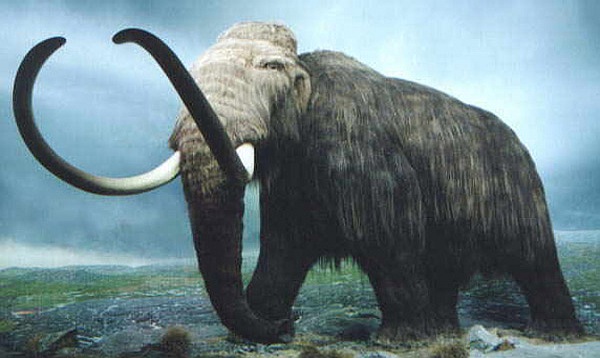Mexico City - The arid landscape of San Luis Potosí once attracted herds of mammoths, and scientists have the remains of five to prove it.
It was in 2015 that a mammoth rib was found in the municipality of Cedral, located in the San Luis Potosí highlands. That single fossil led to the discovery of five mammoths along with other specimens of megafauna.
Unique weather patterns during the last ice age between 22,000 and 8,000 years ago led to the widespread presence of mammals larger than their modern counterparts, hence the term megafauna, or literally "giant animals."
During that period, the dry landscape of San Luis Potosí was dominated by grasslands. The region in which Cedral now lies was an open water table that, during the rainy season, grew in volume until it reached the size of a lake.
The region was a natural crossroads for migratory megafauna traveling from north to south and between the east and west coasts, according to Gilberto Pérez Roldán, the chief archaeologist in charge of the discovery.
The nature of the landscape meant that during the dry season the diminished lake left large boggy areas, in which the heaviest mammals often became fatally stuck. Pérez speculated that the five mammoth specimens found in Cedral died after getting caught in one such bog.
The analysis of the bone remnants has allowed experts to confirm that three of the animals were adults, one was a 12-year-old juvenile and the other was a month-old calf.
Scientific study of the mammoth skeletons has dated them to 8,000 BC.
Source: Milenio


